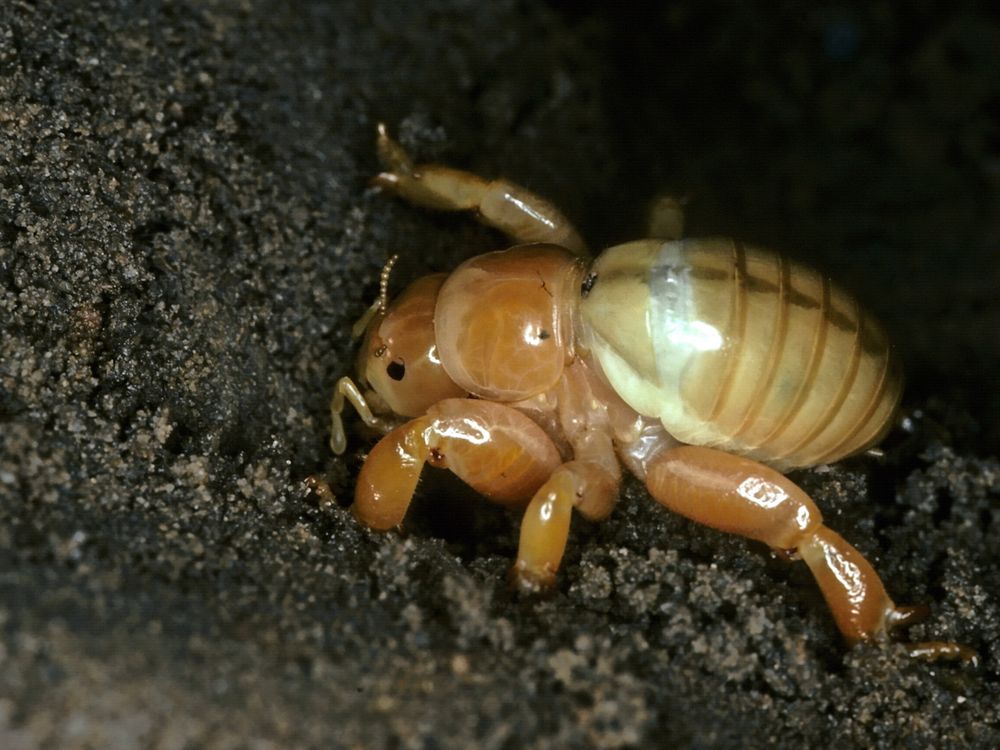📸: Juan José Caicedo


📸: Juan José Caicedo
📸: mruga (iNaturalist)

📸: mruga (iNaturalist)
📸: Zhou Yu

📸: Zhou Yu
📸: Sciobia barbara, Pierre-Henri Fabre
#EverydayEnsifera


📸: Sciobia barbara, Pierre-Henri Fabre
#EverydayEnsifera
📸: Jalil Rodríguez M

📸: Jalil Rodríguez M
📸: Rudi Bosbouer

📸: Rudi Bosbouer
📸: d_kluza (iNaturalist)

📸: d_kluza (iNaturalist)
📸: Visit Gympie Region

📸: Visit Gympie Region
📸: Karl Kroeker

📸: Karl Kroeker

